A bottle episode is an instalment of a TV show which often takes place within a single location and which has a limited scope and cast, usually in order to save on production costs. Despite this initial aim to get money down so that budgets can be spent elsewhere, such episodes are often now installed as part of a more creative choice, allowing the audience to see characters interact in a more intimate, theatrical way without the impositions or distractions of other locations, sets and personnel.
Many episodes, from Seinfeld’s ground-breaking ‘The Chinese Restaurant’ to Brooklyn Nine-Nine’s ‘The Box’ have become some of their respective show’s best-rated instalments, leading to bottle episodes becoming a bona fide artistic and creative format in their own right.
I’ve chosen some of the best bottle episodes of TV which demand inclusion, as well as a few lesser-known examples from the worlds of comedy and drama.
1. Archer – ‘Vision Quest’
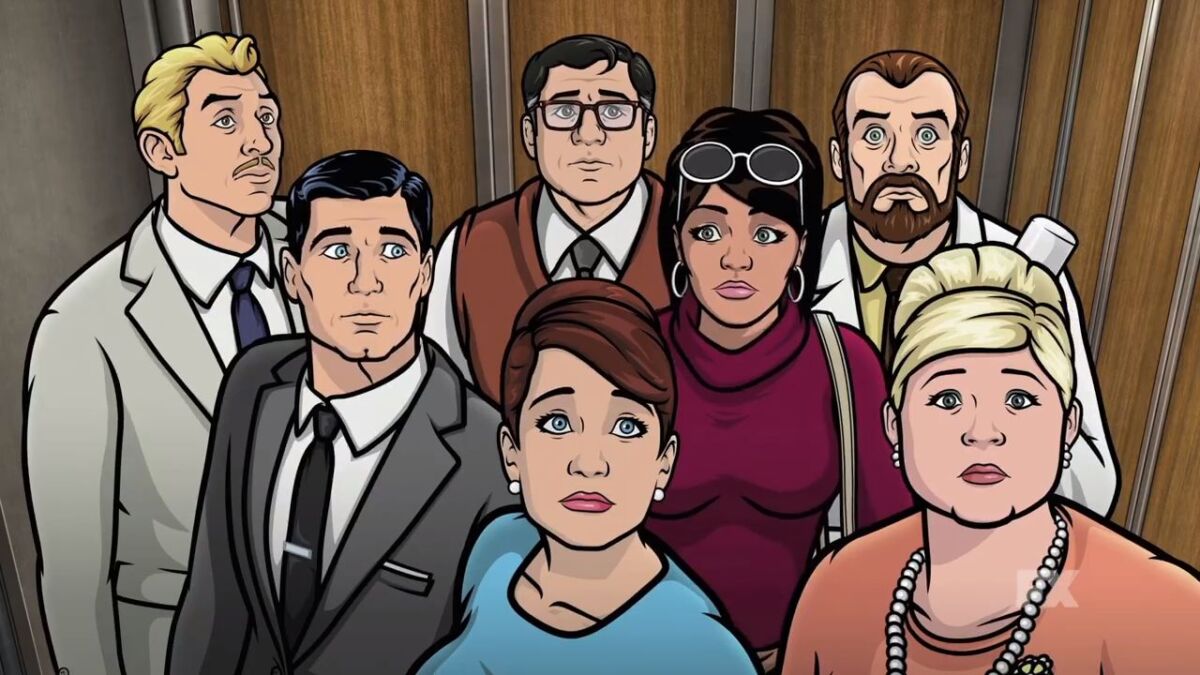
What do you do when you have a cast full of obnoxious, self-obsessed egomaniacs with incompatible personalities and little-to-no social skills or basic levels of human empathy? You stick them inside a malfunctioning elevator, of course.
The genius of Archer has always been the fact that it’s a genuinely thrilling spy drama which doubles as an acerbic commentary on human behaviour and the dynamics of crowded office life, but ‘Vision Quest’ takes the drab workplace setting and runs with it to its comedic extreme. As is the case with hits such as Seinfeld or It’s Always Sunny, Archer thrives on conflict and dysfunction, the show’s snappy, snarky dialogue fully on display as the team, rather than work together to solve what is essentially quite a basic problem, squabble, bicker and gradually turn on one another in their pursuit of freedom.
The show may be populated by superspies and genius Nazi scientists, but it really comes to something when the protagonists would rather place their faith in a sentient fax machine-cum-toaster named Milton to get them out of a jam than in one another.
2. Breaking Bad – ‘Fly’
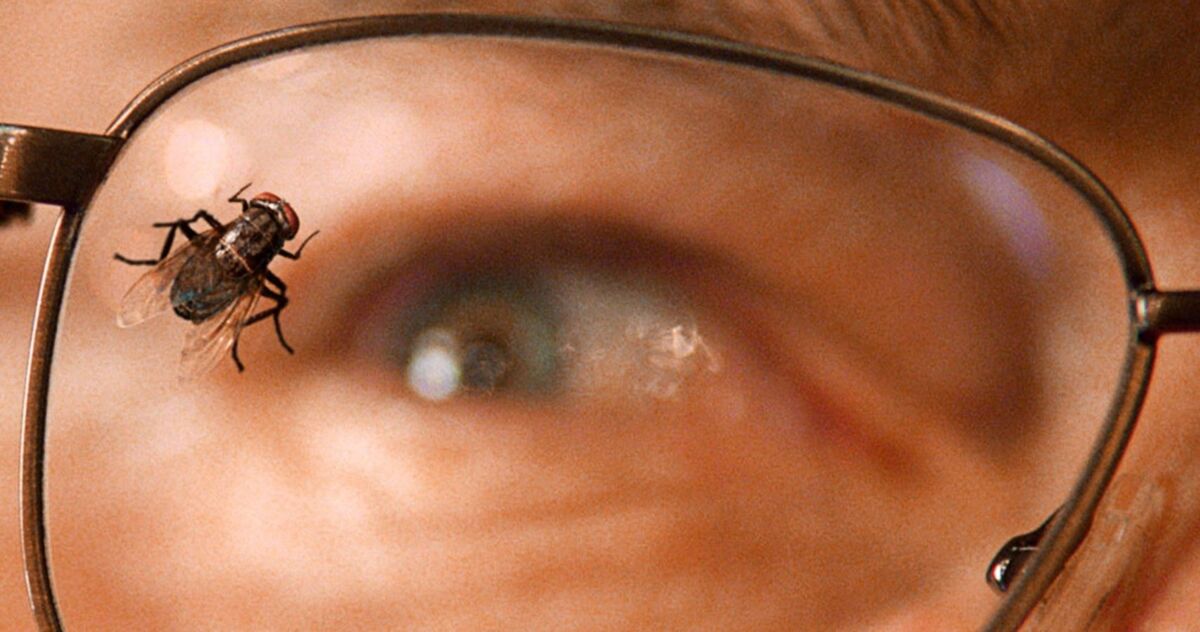
Talk about Breaking Bad’s infamous ‘Fly’ episode and there’s one word which you have to mention: ‘divisive’.
‘Fly’ is practically the definition of a bottle episode. Walter and Jesse aren’t literally trapped in Gus Fring’s lab (although they’re trapped in many other senses of the word) but are working at the hideout all the same. After Jesse leaves to return home, Walt notices a fly, something which causes him increasing irritation, and, after nearly breaking his neck attempting to kill it, both he and Jesse are unable to continue the next day’s work before the potential contaminant is dealt with.
Despite being one of the show’s only true bottle episodes, it’s hardly out of character for a series which defined itself on defying usual rules of narrative convention and dramatic pacing. Vince Gilligan was always very happy to accelerate plotlines, plant red herrings or sometimes reset things entirely if the show demanded it, so the backlash to the episode was somewhat surprising.
Maybe for some, ‘The Fly’ was a bridge too far, as it received criticism for failing to advance the narrative in a meaningful way, for presenting Walt as obsessive and idiotic, and for being an exercise in money saving rather than a purely artistic pursuit. Yet for all of the negativity, it has also received its fair share of acclaim, cited as one of the best of Breaking Bad episodes as much as it is derided for being one of the worst. Quite aptly, whether you love or hate ‘Fly’, it seems you simply cannot ignore it.
3. Community – ‘Cooperative Caligraphy’
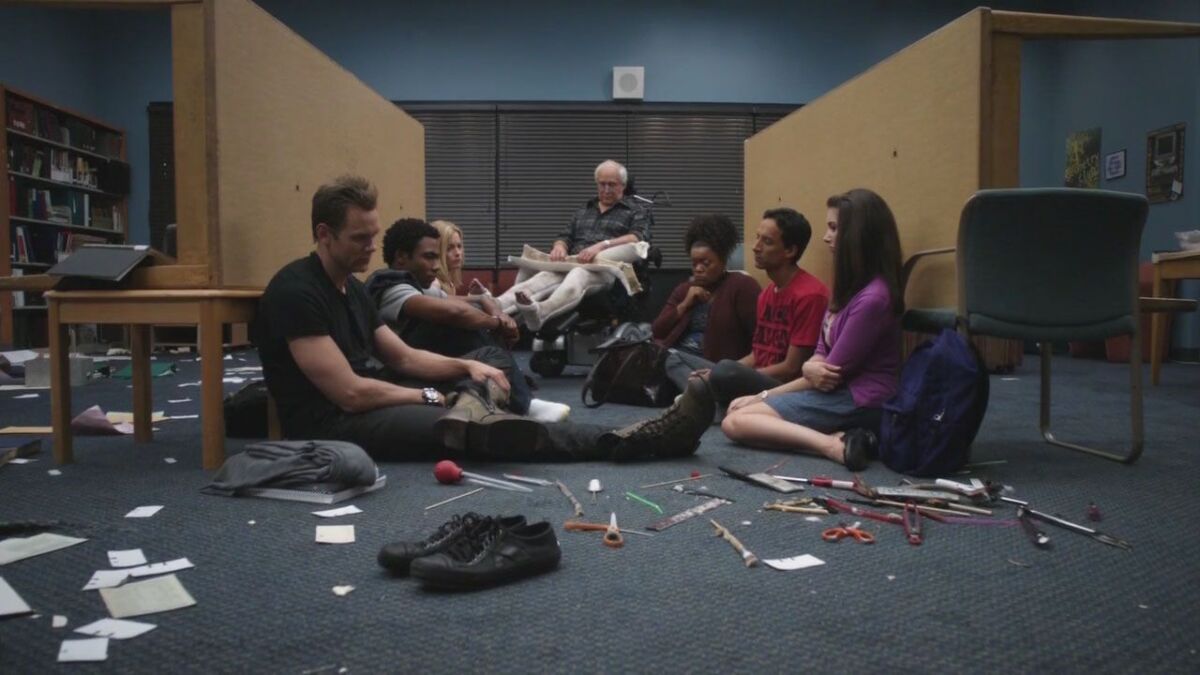
You can be pretty certain that when the characters in the Community world say an episode is something, then that episode is pretty certain to be that thing. Especially if Abed is the one who calls it out.
“We’re doing a bottle episode”. He’s right, of course, but this being Community, this isn’t just any old bottle episode, it’s a bottle episode revolving around a missing pen and a pending puppy parade which simultaneously exploits and undercuts the very form in which it is now indulging.
I won’t reveal whether or not the gang manages to find the elusive pen which enforces Jeff’s angry “lockdown!” declaration and puts attendance of the doggie exhibition in danger, suffice to say that ‘Cooperative Calligraphy’ is Community firing on all cylinders, not only playing with the form as you’d expect but providing some of the season’s zippiest dialogue and finest character moments as the group begins to self-destruct over the merest triviality of hunting down an eminently replaceable gel pen which seems to have simply vanished into thin air.
I’ll give you a clue. It isn’t in Pierce’s leg casts.
Or is it?
4. Family Guy – ‘Brian and Stewie’
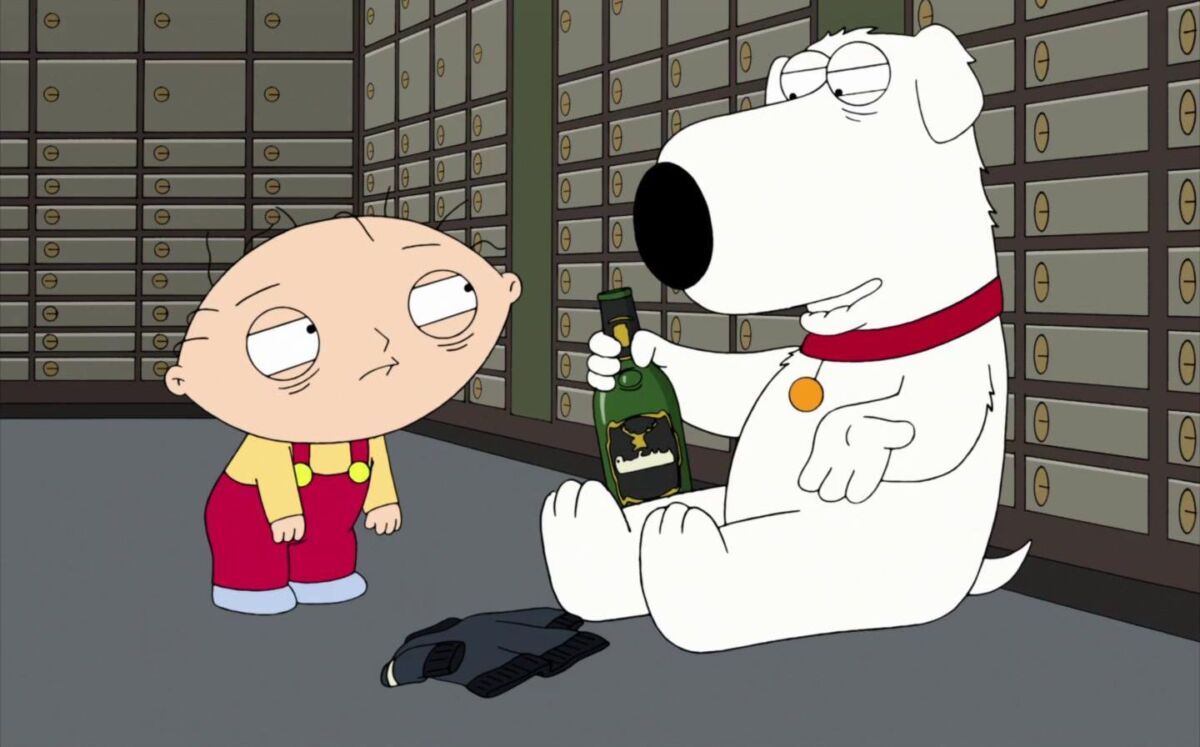
Family Guy has become a bit of a cultural punching bag for comedy snobs recently. It’s outdated, irrelevant, and chooses cheap and tired storylines to prop up what was once a show on the cutting edge of animated cartoon mad-cappery, argue the naysayers.
That being said, McFarlane and co. have been responsible for some truly fantastic animated outings, full of invention, hilarity and well-earned satirical bite, from the excellent anti-censorship polemic ‘PTV’ to the ridiculously enjoyable time-travelling bonanza ‘Road to the Multiverse’, both drawn from Season 8 of the show’s long run.
Despite being a mixed bag, the show’s eighth season had a knack for producing some of Family’s Guy’s best episodes, and it is from this same stock which the starkly-titled ‘Brian & Stewie’ is drawn.
It’s not perfect by any stretch: the episode lingers for too long on cheap vulgarity and shock humour in place of earning genuine laughs, but it’s Brian and Stewie’s existential heart-to-heart about suicide, life’s purpose and their own endearing relationship which makes the episode noteworthy. Neither Stewie or Brian could be described as especially moral characters, but their relationship has always been the true emotional heart among Family Guy’s fart jokes and obsession with bodily functions.
As is the case in Mad Men’s ‘The Suitcase’, the episode begins with both sides using antagonism and point-scoring as fronts to hide their true feelings, but as the passage of time and their own isolation begin to take hold, their guards slowly drop as they confess their deep affection for one another. If you’re a Family Guy detractor who worships exclusively at the altar of Parker and Stone, ‘Brian and Stewie’ might be the episode to change your mind.
5. Father Ted – ‘Entertaining Father Stone’
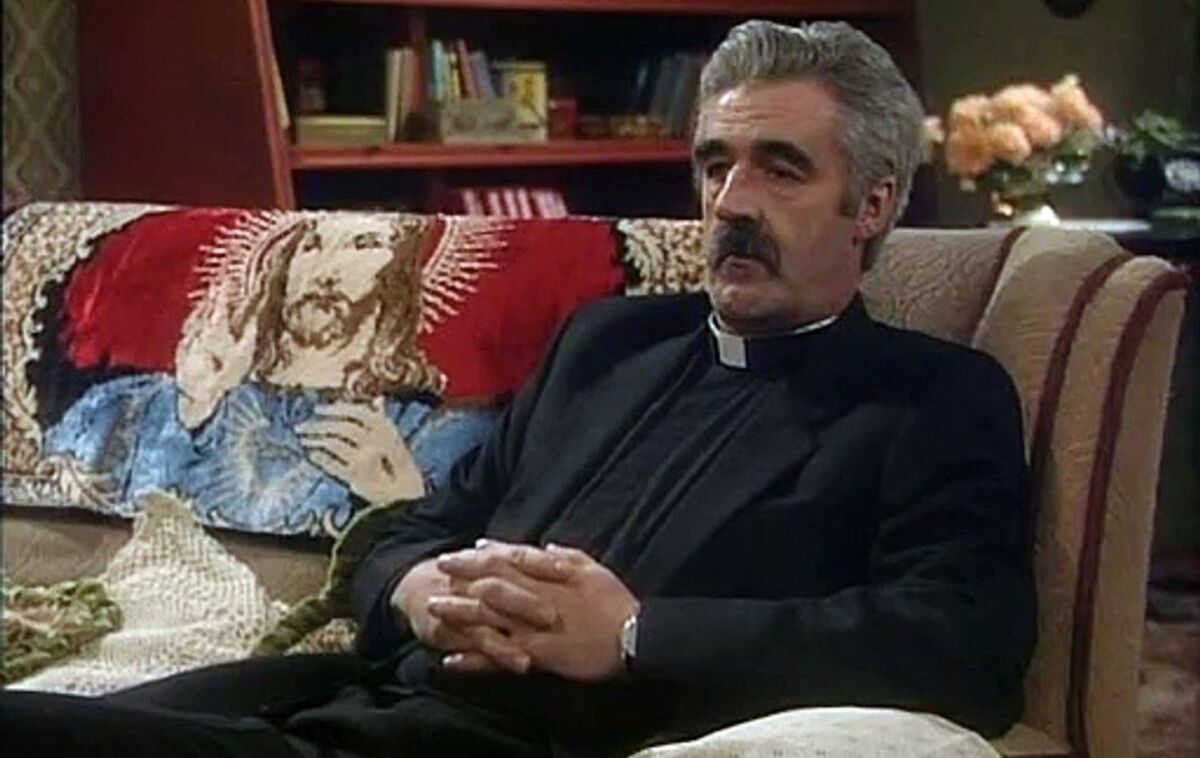
It might not meet the strictest of criteria for admission onto this list, but Father Ted’s ‘Entertaining Father Stone’ is a bottle episode in all but name, another glorious addition into the superb Ted canon which sees our protagonists trapped not by physical means or legal compulsion, but by the ever-present hand of social propriety.
Father Ted always thrived on making mountains out of mole hills, elevating the deeply mundane and inconsequential to the immensely dramatic and momentous for comic effect, evidenced beautifully in ‘Entertaining Father Stone’ wherein Ted and Dougal are forced to endure the paralytic agony of attempting to make conversation with Father Stone (the perpetually bloodhoundish Michael Redmond), a man who, like a monolith sunk into the ground, sits unmoving and silent despite their best efforts to make small talk.
Father Ted may be an Irish creation, but it taps into a very British fear about the minutiae of social interaction: being a good host, the anxiety around making small talk, politeness in the face of extreme antagonism, all powerful motivators which force Ted and Dougal to sit and endure rather than actually express their true feelings. As Ted recounts, the duo have previously been forced to endure a week in the attic of their own home in order to avoid Father Stone and his wilful refusal to take a hint.
In an episode which creates massive drama and exceptional comedy out of pure mundanity, ‘Entertaining Father Stone’ is a brilliant bottle episode, and some of the best Ted out there.
Also worth mentioning is ‘Flight Into Terror’, another outstanding instalment which sees Ted and co. trapped on a doomed aircraft with other members of the eccentric and misguided Irish clergy. A classic bottle episode format crossed with a Hollywood disaster movie, ‘Flight into Terror’ manages to be claustrophobically hilarious and strangely exciting all at the same time.
6. It’s Always Sunny in Philadelphia– ‘Chardee MacDennis’
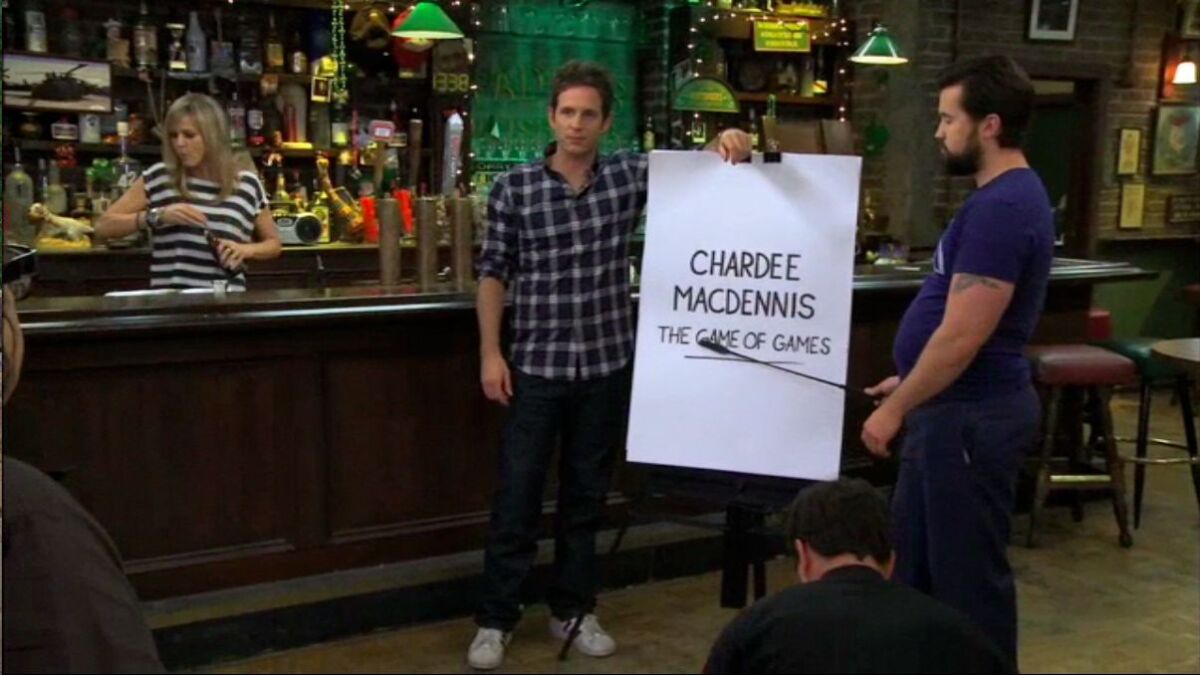
Q: Dennis is asshole. Why Charlie hate?
A: Because Dennis is a bastard man.
Only in It’s Always Sunny in Philadelphia could nobody bat an eyelid at this being a legitimate quiz question, a question which, by the way, Charlie penned but ends up failing to even answer correctly.
As with Archer’s ‘Vision Quest’, a great way to ensure that a group of self-serving, barely functional egomaniacs end up collectively imploding for the audience’s gratification and amusement is to lock them in a confined space together and watch them tear one another apart, like filling a jar with ants and then shaking it vigorously. What Chardee MacDennis does to the format, however, is add another layer of tension to an already ant-infested comedic cake: competition.
The game around which the episode revolves is, despite appearing utterly nonsensical, a fully fleshed out concept in its own right, so detailed and nuanced in its odd little rules and rituals that one can genuinely envisage The Gang sitting down every once in a while for a Chardee MacDennis lock-in, each time adding a new element or refining the concept. Remarkably, it is in fact a playable game in its own regard, and societies and clubs have been established so that IASIP fans can get together and recreate their own bottle episode in real life. Why anyone would want to play a game where there’s always a chance of being locked in a kennel or struck by a dart, however, remains a mystery.
7. Mad Men – ‘The Suitcase’
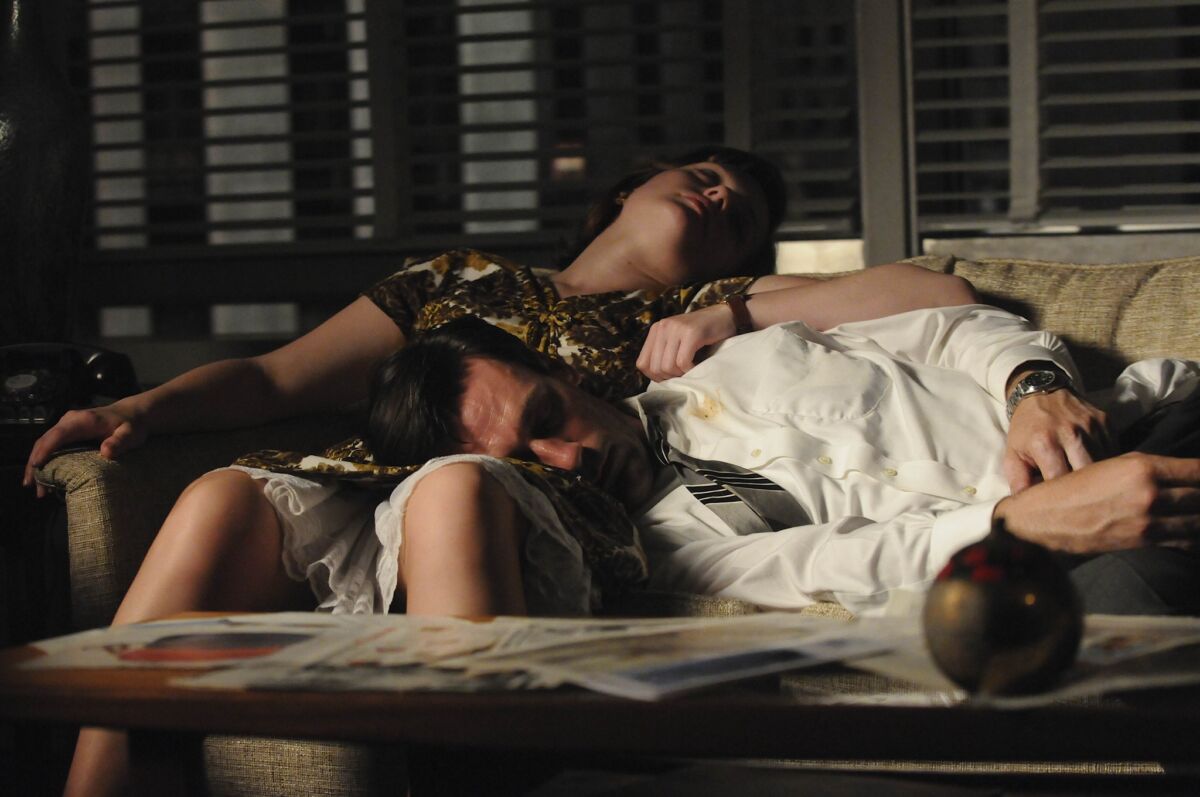
It would be hard to look one’s hypothetical audience in the eye and attempt to justify the omission of an episode which the National Post named ‘the decade’s best episode of television’ and which commands a 9.7 rating on IMDB. I wouldn’t dare.
A good bottle episode is a chance for the show to depart from its usual setup, but a great one can be an opportunity to delve into its characters with unprecedented respect, intimacy and nuance. It is the latter for which ‘The Suitcase’ strives, and it is spectacular how it pulls it off.
Without giving too much away, ‘The Suitcase’ is an utterly compelling, emotionally charged piece of narrative drama which elevates an already exceptional work to a glorious and unassailable peak. Mad Men is a show about artifice, about people pretending to be something other than their true selves, about selling the lies of their own lives as much as the products which they advertise, always hiding their emotions for fear of letting the mask slip and shattering the façade which lies beneath the crisp white shirts and perfectly coiffed hairpieces. In ‘The Suitcase’, all of this, for the briefest of moments, is allowed simply to fall away.
While the rest of the office are out watching the Ali vs. Liston fight, Don and Peggy stay behind to work on a campaign for Samsonite suitcases, despite Peggy’s conflicting plans for a birthday dinner with her boyfriend. Although the pair initially row over Don’s lack of appreciation for Peggy’s clear talents, the episode slowly plays out as a near-romantic saga as the anger dissipates and the two reveal a genuine emotional connection. What ‘The Suitcase’ does is allow both characters’ artifices slowly to crumble, stripping away the pretences and superficialities of its two true protagonists and allowing them to finally indulge in their own frail vulnerabilities. Fittingly, and knowingly, it is about bottled-up emotions spilling out onto the screen.
8. Peep Show – ‘Nether Zone’

Jeremy: ‘”If it’s the cops, don’t open the door.”
Mark: “I can’t open the door, Jeremy, that’s one of the key things about this whole situation”.
For all of its side characters and cringe-inducing scenarios, all Peep Show ever needed was Mark and Jez’s mismatched sparring and verbal antagonism to be regarded as one of the decade’s great sitcoms. The show was always built around Mitchell and Webb’s perfectly weighted comedy dynamic; Webb’s Jez an aimless, delusional slacker, Mitchell’s Mark a neurotic, hyper-analytical train wreck, so at its heart, ‘Nether Zone’ is Peep Show in its purest, most unadulterated form.
On the day of Mark’s son’s Christening, Jeremy has been staying at “girlfriend” Zahra’s flat. Mark, fearing Jez will be late for the Christening, goes over to pick him up, but the two become trapped in the apartment’s lobby, dubbed the ‘Nether Zone’, and all attempts at rescue are thwarted, often thanks to the pair’s own inability to deal with a simple crisis.
‘Nether Zone’ operates as a perfect metaphor for Peep Show as a whole, because it’s about physically trapping two people who are metaphorically stuck in the bleak situations of their own lives; Jez is trapped in a childlike state of delusion and reliance on others, Mark is stuck in a job he hates and by the constant chatter of his own neurotic head. ‘Nether Zone’ physically prevents the two characters from getting to where they want to be, but it is a culmination of their own stupid, myopic decisions which actually places them where they are: Jez wouldn’t be there if he wasn’t sleeping with someone else’s partner, and Mark is unable to escape because of his rash decision to sell his mobile phone.
As the episode happily reveals, both characters are as bad as each other, and it’s a heart-breaking delight to watch them fail.
9. Psychoville – ‘David and Maureen’
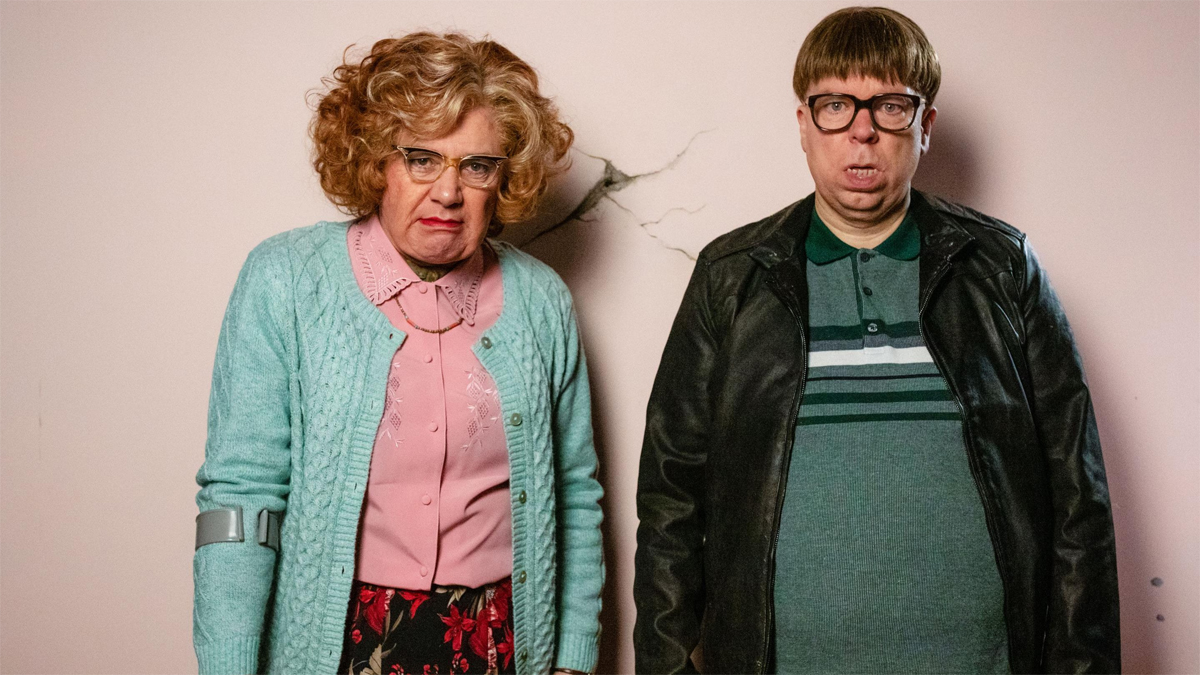
It’s hard to talk about Psychoville’s ‘David and Maureen’ without giving away too many of the narrative twists and turns which are so typical of creators Steve Pemberton and Reece Shearsmith’s work. What I can at least say is that the episode is arguably the anthology show’s peak, a dark, twisted tale which digs deep into the pair’s deeply dysfunctional relationship for a viewing experience that is in equal parts funny, strange and disturbing, all filmed in a meagre five takes.
Prompted by a misunderstanding which is set up in the show’s previous episodes, mother Maureen is convinced of the need to silence a string of ‘witnesses’ who could expose her son David as an apparent murderer, leading to a killing spree which culminates in the death of a man called Martin in his own flat, a murder which serves as the opening for the episode in question. The pair then decide to hide the body in a large wooden chest in reference to Alfred Hitchcock’s Rope, the film on which the episode is based, before Mark Gatiss’s Inspector Griffin arrives at precisely the wrong moment.
Despite being a bottle episode, in that the narrative revolves around two central characters in one designated space, ‘David and Maureen’ relies on having been introduced to the pair earlier on in the series. Of all the characters in Psychoville, it is David and Maureen’s charmingly warped dynamic that is both the creepiest and the most comically rich, as evidenced by a scene when the duo are trying to choose a method of murder for their victim (who is party to the discussion), only to worry that the bath in which he’s to be drowned isn’t suitable: “You can’t put him in that, he’ll freeze to death…I’ll swirl him in a cap of Radox, help ‘im relax”. Charming northern hospitality meets calculating murder fantasy. Brilliant.
10. Sealab 2021 – ‘All That Jazz’
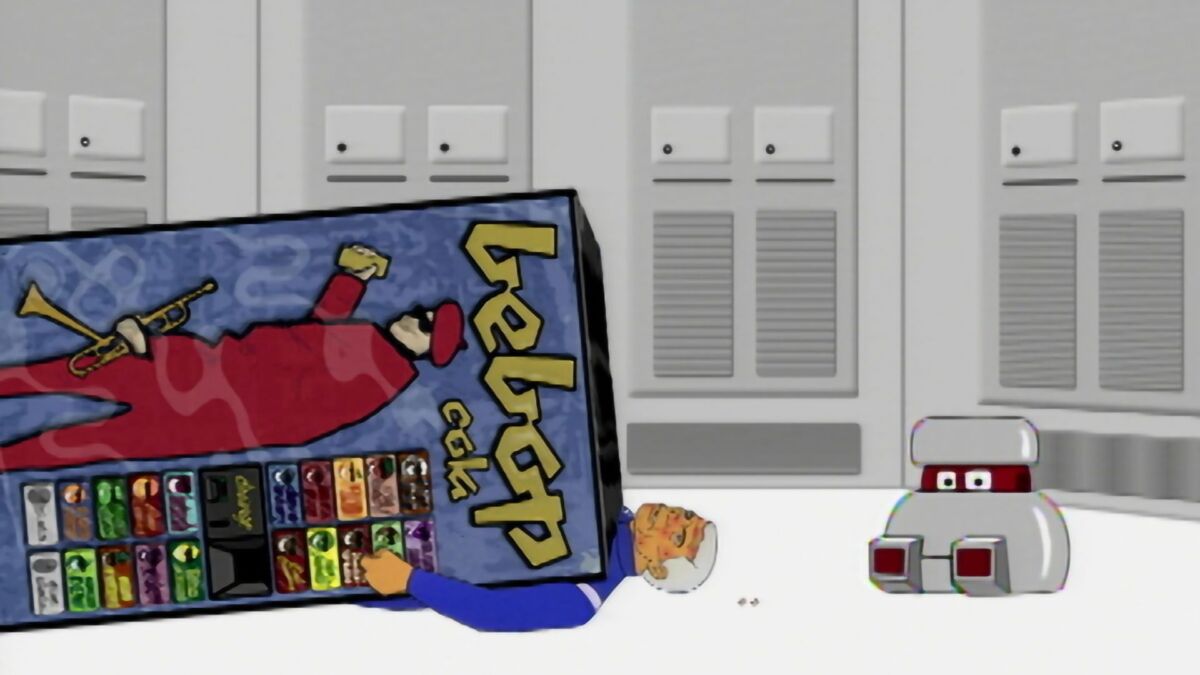
I’ll keep talking about Sealab 2021 until people start watching it.
‘All That Jazz’ might be by far the most obscure offering on a list featuring some serious heavyweight dramas and massive mainstream comedies, but my fingers remain uncrossed as I tell you that it’s not only one of my favourite bits of television but one of the best bottle episodes ever. Please seek out ‘All That Jazz’ wherever you can and marvel at its utter lunacy. It is just so good.
Acting as a self-aware send up of the entire notion of bottle episodes, ‘All That Jazz’ opens on “protagonist” Captain Murphy accessing a top-secret lair housing a jazz-themed cola machine which topples onto him and leaves him incapacitated. Trapped and alone, Murphy forms a warped emotional attachment to an incongruously-placed scorpion while being tormented by a “rescue toaster” which harvests Murphy’s teeth as they’re knocked from his mouth each time another can of jazz-themed cola thumps him in the chops. The toaster robot, incidentally, resembles V.I.N.CENT, one of the main protagonists from Disney’s 1979 live action sci-fi epic The Black Hole. Goodness knows why.
Yes, the episode sounds utterly, maniacally bizarre, but the humour comes from the writers lampooning the arbitrary and contrived circumstances which often lead to characters and protagonists being stranded in bottle episodes in the first place. “How can we ensure Murphy is unable to go anywhere for the entire runtime?” “Why not have him trapped under a jazz-themed cola machine whilst being tormented by the robot from The Black Hole and becoming addicted to scorpion venom?” “Get out, Neil.”
For true comedy nerds, check out the Archer episode ‘Sea Tunt’ which, spoiler alert, pays tribute to original Murphy voice actor Harry Goz by having Captain Murphy transposed into the Archer-verse before he is “crushed by an off-brand drinks machine” supplying Goz Cola. A fitting tribute. In this instance, Murphy was voiced by Mad Men’s Jon Hamm. See? It’s all come full circle.
READ MORE: 10 of the Funniest Video Game Characters of All Time
Some of the coverage you find on Cultured Vultures contains affiliate links, which provide us with small commissions based on purchases made from visiting our site.

